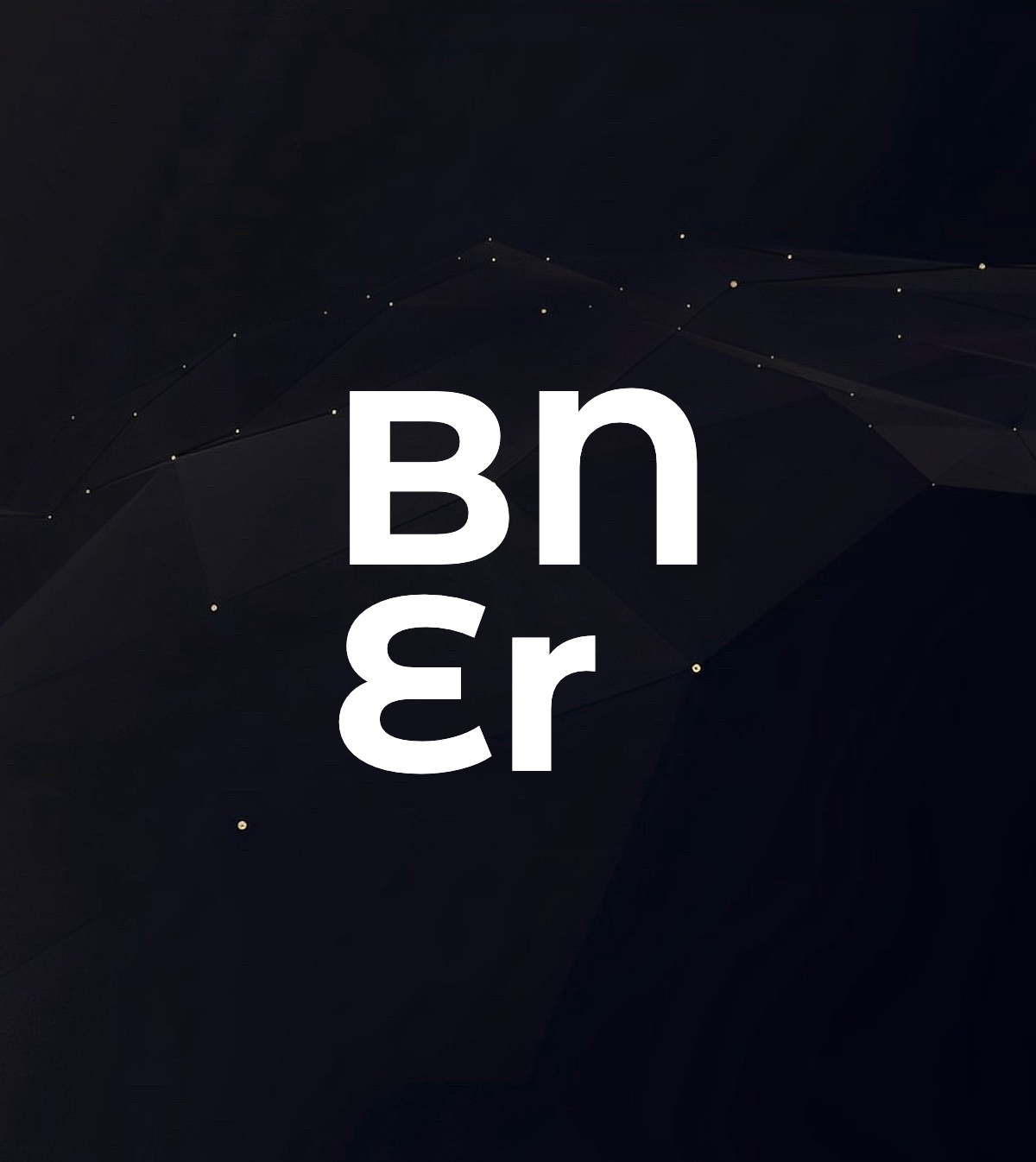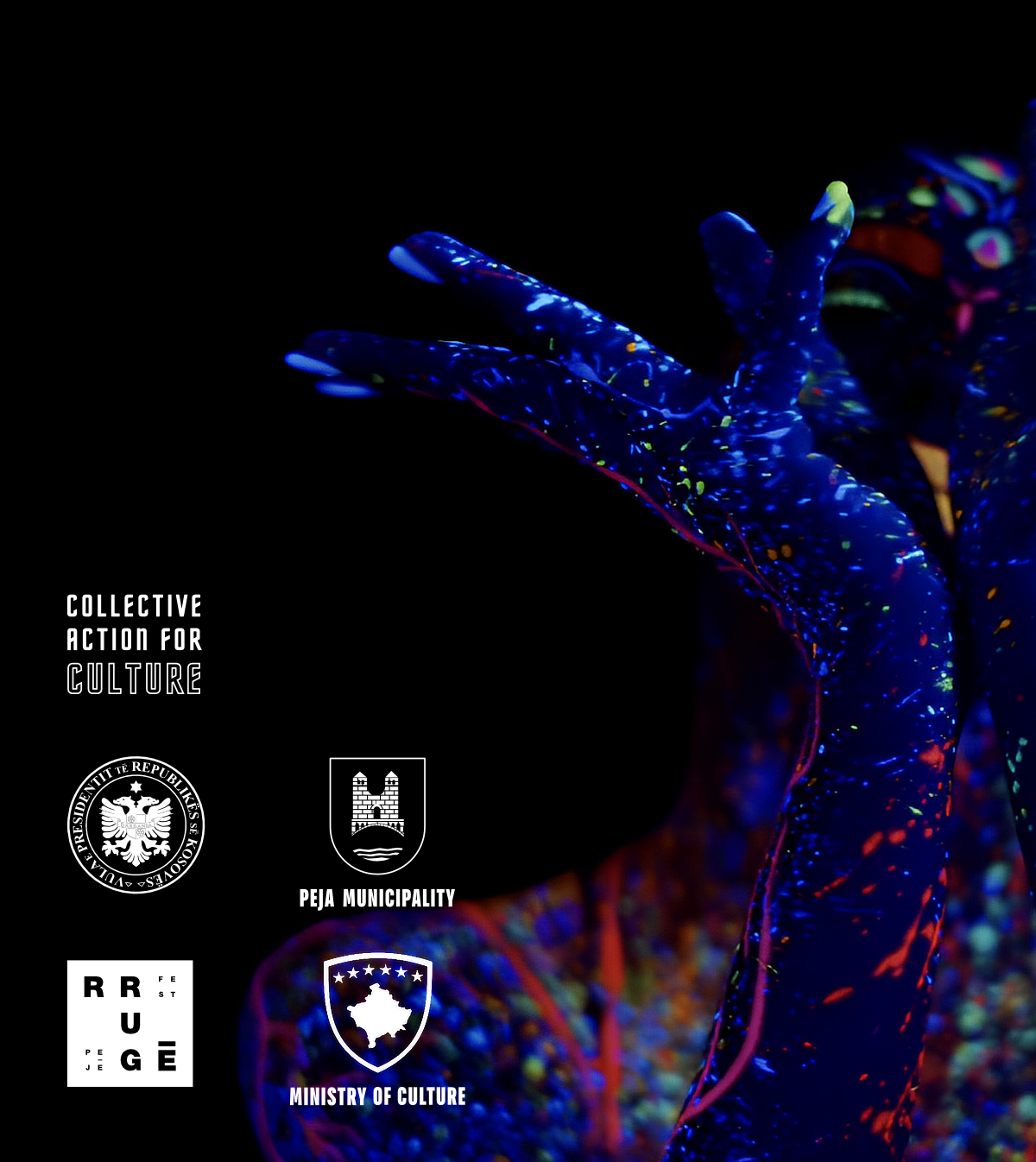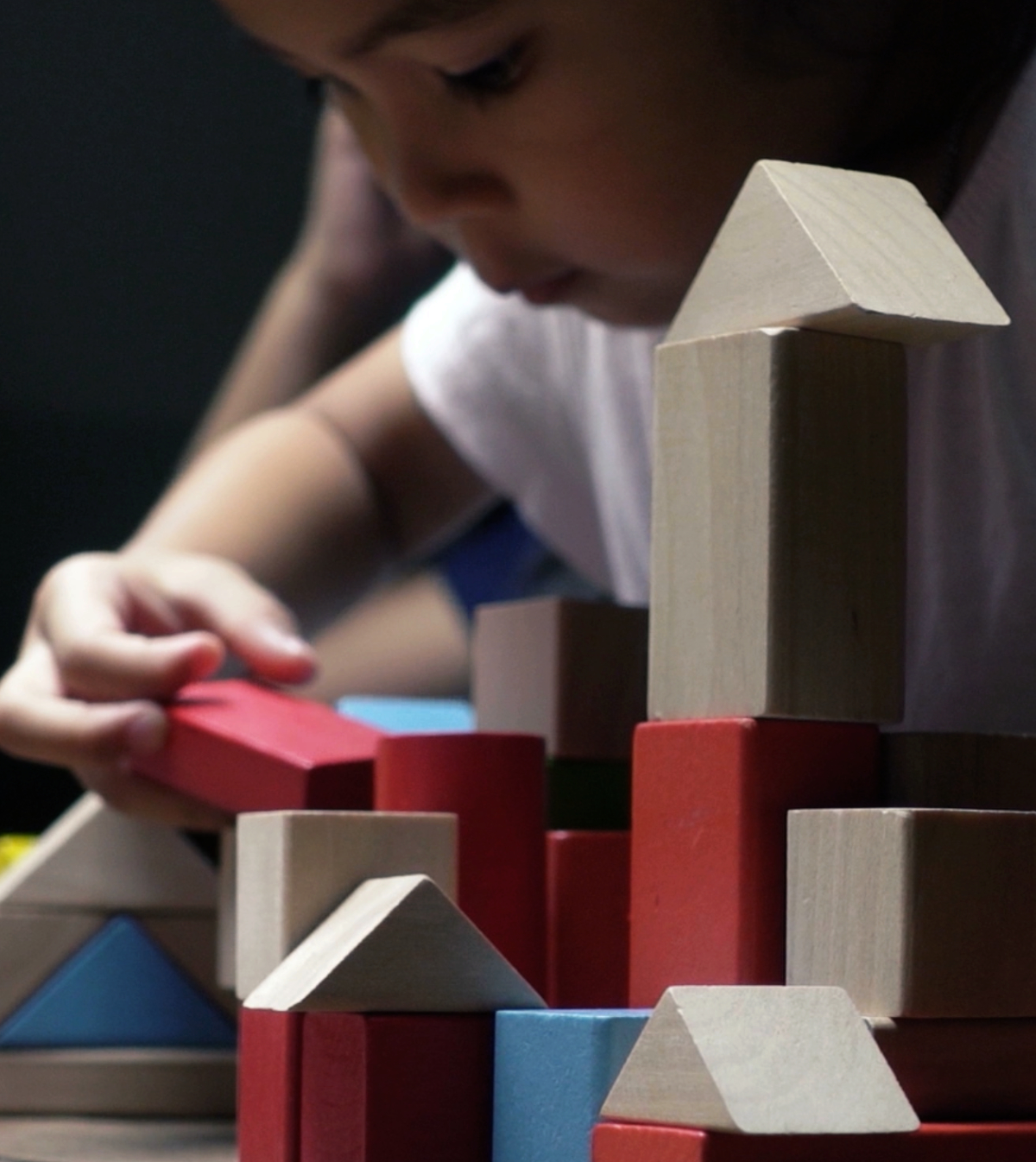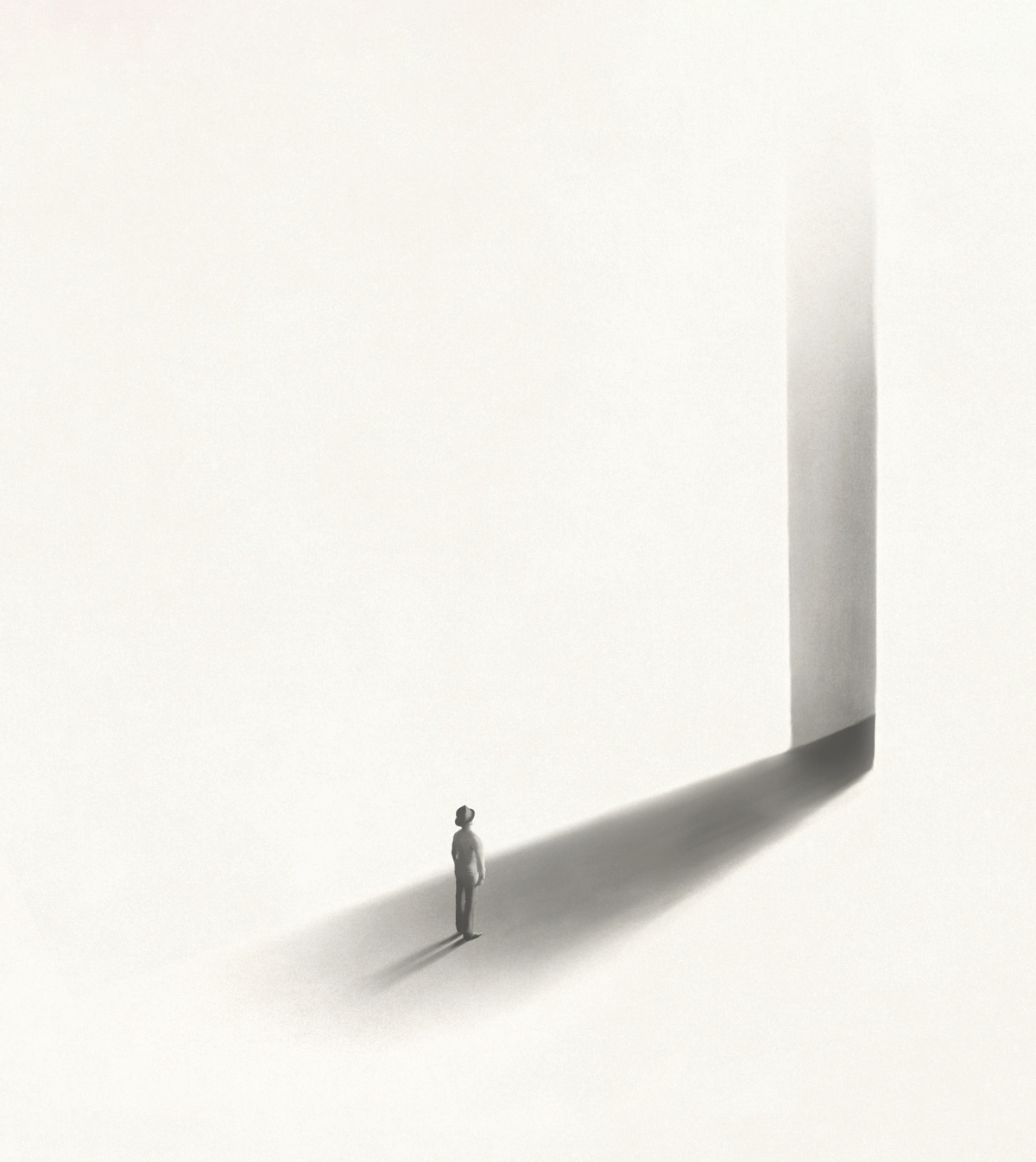We’d like to take the opportunity to introduce you to the winners of one of our Honorable mentions for the “Irish Cult Music Venue” competition - Dragana Ćiprijanović, Aleksandra Marjanović and Ciarán Duffy from Germany!

Ciarán Duffy, Dragana Ćiprijanović and Aleksandra Marjanović from Germany
Aleksandra: Driven by the thrill of a new challenge and the prospect of creating something great, Aleks uses her spatial, research, interaction, and visual storytelling skills to tackle the diverse tasks at hand. Aleks’ perspective and aesthetic is heavily influenced by her background in architecture, where she’s moved between macro and micro scales, adapted to materials and their limits – regardless of whether code or bricks – and communicates in a highly visual manner. Aleks spent most of her formative years in Canada, and moved to Serbia to study architecture at the University of Belgrade. She then followed her wanderlust to Cologne, where she obtained a Master’s degree at the Köln International School of Design. She’s worked in both universities as a teaching assistant during and prior to her studies. Currently she works as an interaction designer at the Berlin-based digital design firm, IXDS.
Ciarán is an Interaction and Service Designer with experience and expertise in both user research, and digital prototyping. Originally from Dublin, Ciarán currently works at IXDS, Germany’s leading independent design agency. He is also the co-founder of social impact design collective, Social Projects, who designed the award-winning chatbot Refugee Text. Before completing his masters at Copenhagen Institute of Interaction Design, Ciarán studied Music and French at Trinity College, Dublin.
At IXDS, Ciarán works with diverse clients to build new digital products that create a meaningful impact in the world. He believes that critical design thinking is crucial to success in innovation – ensuring that new or creative ideas are relevant and useful.
In his spare time, Ciarán enjoys playing jazz piano and saxophone, cooking for friends and family, playing Gaelic sports, photography, and travelling to new places. He is always following at least one online course in anything from machine learning to sketching.
Dragana has an interdisciplinary educational background - she graduated from the Faculty Architecture, University of Belgrade, but later obtained another Master’s degree in Cultural Policy and Management in Culture at the University of Arts in Belgrad. Her profesional background includes working for local architectural bureaus, as well as international ones. She founded her own architectural practice in Belgrade two years ago, Bauk Studio, which currently engages two architects. The interdisciplinary scope of work we practice fluctuates from architecture to design, culture and media.
Brief information about the projects that you/your company have been involved with. For instance what scale have you focused on/preferred, any significant projects where company/ individuals have been involved?
Dragana: Bauk Studio focuses both on small-scale and large-scale architectural/ design projects. We have designed and constructed several interior designs, residential houses and buildings, and cooperated with several local and international architectural bureaus. We also cooperate with marketing agencies and work on marketing campaigns for various architecture-related projects. One of the largest we participated in was a project for Lafarge semi prefabricated houses: https://www.lafargekuce.rs/
Ciarán has previously worked on a wide range of projects including a chatbot for refugees, a device for music therapy in the home, as well as digital products for the financial, and healthcare domain.
Aleksandra: Whether at home, at work, or in the underground, interactions move from the 2D space of screens to the 3D space of our everyday lives. This intersection between the physical and the virtual needs to be designed humanely, with the user placed at its core. Aleks is passionate about helping to build this future.
What does architecture mean to you and what is the role of an architect in your society?
Ciarán: Architecture is when a person, or group of people, create buildings (or spaces), for another group of people. Architects have a profound responsibility to ensure that buildings – enormous manifestations of human life on the planet – are designed and constructed to meet the needs and demands of all stakeholders.
Aleksandra: Architecture is all about creating environments that fulfil users’ basic needs as well as deeply rooted yearnings. That is why it is at the cross sections of art and technology: it needs the help of both to be successful. It’s a big responsibility to create something so long-lasting and prevalent- with great power comes great responsibility ;)
Dragana: Architecture or "environmental design", a term that Rapport (1987) uses is a more comprehensive definition of what architectural acts should be (since one cannot consider buildings in isolation), a concept that he defines as "culturally responsive". With this concept we can define architecture that takes into account "how the environment responds to and fits culture"(Rapoport 1987,10), that is to say the need for a production of space with specific respect to culture: consistent to the values, knowledge, meanings and needs of users. In that sense the design of the environment is the organization of four things: space, time, meaning and communication. That means that architectural design needs to be seen as any purposeful change of the above four components and their physical expression. The role of the architect is to recognize this purpose and implement it.
Why do you participate in architecture vision competitions?
Ciarán: As a designer, collaborating with architects for me means working on new problems, with new methods, and ultimately new ideas. I enjoy seeing the crossover between the two disciplines, and the skill-exchange that goes on when working in a multi-disciplinary team. As the deadline approaches, the production stage often pushes me to visualise concepts in novel ways, and ensure a clear and concise narrative for what is often a complex project.
Aleksandra: Participating in this competition was a great way to stretch the boundaries of what I had previously known to be capable of in the way of ideation, concept creation, architectural visualisation and storytelling.
Dragana: Architects are often constrained with political, social, economic and physical context they work in/for which usually alters their decisions. The only way to give rein to one’s imagination is to take away those restrains and see where it will lead you. This safe environment is exactly what architecture vision competitions provide for the architects.
What advice would you give to individuals who struggle to decide whether it would be beneficial for them to participate in architecture vision competitions?
Aleksandra: If you’re thinking twice about it, don’t do it. It will take an enormous amount of your free time and energy to complete an architectural competition well. Your sleeping patterns might suffer. Your social life might suffer. So don’t do it if you aren’t ready to make those sacrifices. The only way out is through. So enjoy!
Ciarán: Chose a challenge that inspires you. When the topic area interests you, you’ll find it easier to put those extra hours in to ensure the concept is just right.
Dragana: Participation in architecture vision competitions is one of the most effective ways to find out what your mind is capable of inventing with the right team and the right topic. So go for it and have fun along the way!
Top 3 Reasons Why You Should Enter Architecture Competitions
Curious about the value of architecture competitions? Discover the transformative power they can have on your career - from igniting creativity and turning designs into reality, to gaining international recognition.
Learn more




















